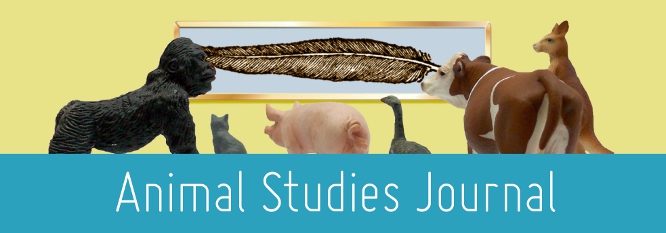Home > assh > ASJ > Vol. 5 (2016) > No. 2

Abstract
During an artist residency at the Visual and Sensory Neuroscience Group, Queensland Brain Institute (QBI), art/science practitioner Trish Adams observed a range of experiments. Scientists at the QBI describe on the website that they seek to ‘better understand how the eye and brain solve complex visuomotor tasks’ (Queensland Brain Institute) through investigations into and analysis of the behaviours of the European honeybee. During this residency, Adams’ research project evolved in response to her personal experiences in the largest indoor bee facility in Australia. Here, without protective clothing, Adams was surrounded by the honeybees as they flew around freely in the large custom-built space. This article takes the form of a creative discussion of the artist’s immersion in this unusual research environment and the emotions generated by such close proximity to non-human others. Beginning with a short overview of the evolution of science as a discreet discipline, followed by a general outline of the field of art/science research, Adams introduces her artwork: machina carnis and the microscopic study of cellular ‘life’ that led her to the QBI. Subsequently, significant aspects of her artworks HOST and Urban Swarming are examined in the context of art/science practice as a whole and as illustrations of Adams’ continuing close engagement with the honeybee.
Recommended Citation
Adams, Trish, European Honeybee: Interconnectivity at the Edge of Stillness, Animal Studies Journal, 5(2), 2016, 101-118.Available at:https://ro.uow.edu.au/asj/vol5/iss2/14
Included in
Art and Design Commons, Australian Studies Commons, Creative Writing Commons, Digital Humanities Commons, Education Commons, Feminist, Gender, and Sexuality Studies Commons, Film and Media Studies Commons, Fine Arts Commons, Philosophy Commons, Social and Behavioral Sciences Commons, Theatre and Performance Studies Commons

